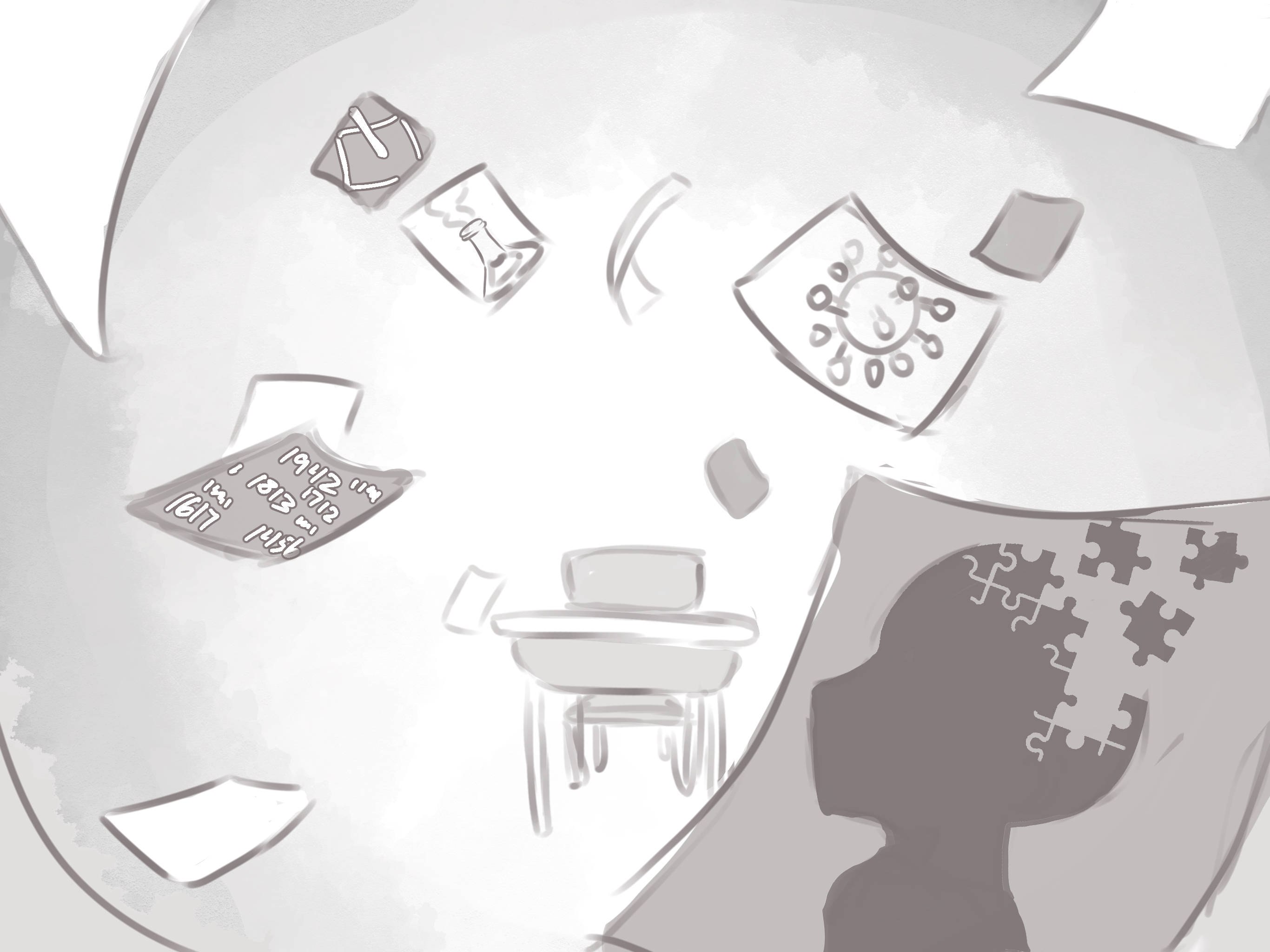As education science evolves and curricula shift, even Advanced Placement classes and their exams change. Redesigns of AP classes happen on a scale imperceptible to students, but for teachers who have to teach the same thing every year, a development in the College Board’s philosophy can shake up their classroom. Perhaps teachers can find some comfort in the knowledge that the exams of today have been retooled with the goal of being much more student and teacher friendly, much more analysis based than memory based, and much less demanding content wise, than those of a decade ago.
AP US History (APUSH) and AP Government teacher, Angela Coppala, started teaching APUSH at Berkeley High School in 2013, the last year before the College Board updated the curriculum. “I wouldn’t teach this class if they hadn’t changed,” she said. Prior to the redesign, the APUSH test tried to fit 80 multiple-choice questions into 55 minutes and a document-based essay question (DBQ) with ten sources into an hour. The current test has 55 multiple-choice questions and seven DBQ sources, as well as a new short answer section that focuses on having students show what they know. This change is emblematic of a shift in the classroom away from memorization and towards critical thinking and historical analysis.
Coppola highlighted how even the College Board’s definition of a history student changed, “Is the point of history to honor people with slavish detail … (or is it to) see patterns that then help you predict what comes next?” she said.
One of the ways the College Board tried to meet its stated goal was by structuring its new APUSH curriculum as broad themes that gave teachers flexibility in how they taught.
“I choose to add more topics, documents, (and) events from history that represent my classroom and our history,” said Ann Sperske, who teaches APUSH and AP Government. She can now teach to the College Board’s goals by using marginalized voices and incorporating pieces of local history. Sperske likes that AP classes have become more skills based and less content based. “I think skills are transferable … if you can apply skills in writing… (and) discovery … (you will) benefit more than just memorizing dates and events,” she said.
Changes to the AP Language and Composition and to the AP English Literature exams came more recently, with a revamped scoring system being introduced in the 2019-20 school year. Previous versions of the tests graded essays on a zero to nine scale with a great deal of subjectivity, while modern rubrics are scored zero to six with strict requirements as to what earns what points.
“There were a lot of complaints about what the aim of the test was … the zero to nine scale was more of a feeling than anything else,” said Matthew Carton, an Academic Choice (AC) English teacher. The new rubric was accompanied by a change in curriculum structure, solidifying the course into nine discrete units. “It clarifies and codifies what to do,” said Carton, who found the new system very effective in helping teachers help students. The objectivity of the new grading system and fixed pedagogy contributed to a rise in BHS success from good to great. “On a national and global level, Berkeley High has done amazingly well,” said Carton.
For a hard science class like AP Biology, though, trimming down the course in the name of flexibility and simplicity means completely cutting out some parts of the science that is usually taught. Glenn Wolkenfeld is an AP Biology teacher who has worked at BHS off and on since the 1992-93 school year and during his tenure he has seen two major redesigns to the class. “Before 2012, the course was possibly twice as big as it is now in terms of content … you needed to teach content at this incredible pace,” he said. Wolkenfeld found it a grind, but a manageable one given BHS’s past block schedule. He believes that “the course now is a little bit easier on the students,” although his students both before and after the redesign had very high rates of success on their AP exams.
Still, a lot of physical material was scrapped to slim down AP Biology. “They probably cut 40 percent of the content out of the course … in 2019 (the year of the second redesign) they dropped the immune system … (and) surprisingly, there’s very little about viruses,” he said. In 2012, the class switched to a high-level concept approach similar in form to that of APUSH, but its structure was poor for the course The added flexibility of the new course gives Wolkenfeld the space to teach more content if he likes; before 2012, he and most other AP Biology teachers were locked into a frenetic race to fill every minute with new information compared to the relatively slower pace now.
In recent years, the College Board has made a strong effort to be a support rather than a hindrance, and in its redesigned conditions, many teachers are flourishing. “AP has a lot of flaws … but we’ve got … teachers who are delivering the content beautifully,” said Carton.


